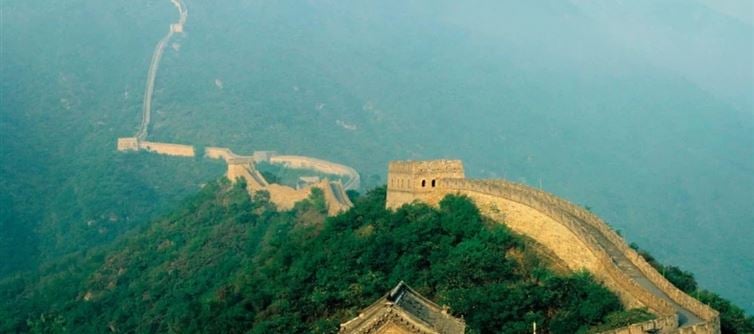
The earliest walls were constructed in the 7th century bc and were connected during the Qin dynasty. The wall system was extended by succeeding dynasties; the Ming dynasty (1368-1644) constructed the most famous portions.
The Great Wall is the world's biggest man-made construct, spanning 21196.18 km in total. It winds up and down like a dragon across mountains and plateaus in northern China, from the east coast to the west desert.
From east to west, there are fifteen vital passages on the Great Wall of China.
The wall took more than two millennia to build. Around 220 B.C., Qin Shi Huang, China's first emperor, connected the ruins of old earthworks, walls, and fortifications to form a single wall.
Beacon towers, obstacles, barracks, garrison stations, and fortresses are all part of the Great Wall's integrated defense system, which is why it is not a single building.
The Great Wall is a marvel of engineering, the result of innumerable labors over 2,000 years. It also showed how the nomadic and agricultural civilizations collided and interacted.
The wall is 7.8 meters (25.6 feet) high on average, but in some places it can reach a height of 14 meters (46 feet). The Great Wall is 21,196.18 kilometers (13,170 miles) long overall. It would take a very long time to walk that distance. Furthermore, it is hard to walk from one end of the wall to the other because about 30% of it has collapsed and is in ruins.
According to www.travelchinaguide.com, one or two days is sufficient for typical sightseeing, three to five months for skilled hikers, and at least 17 months to complete the entire length. A basic tour of parts of Beijing, like the Jinshanling and Simatai, takes four or five hours.
How many days does it take to traverse the Great Wall?
As previously said, the entire duration takes at least 17 months.




 click and follow Indiaherald WhatsApp channel
click and follow Indiaherald WhatsApp channel